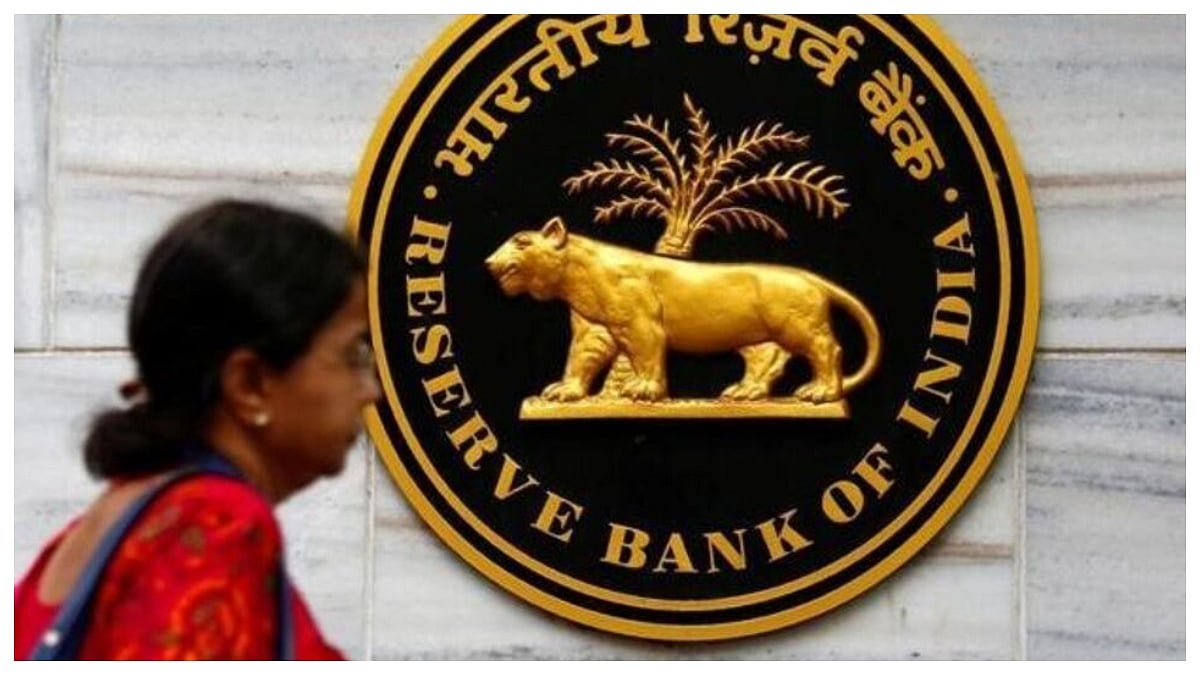Payment & Lending Applications More Likely To Get Installed Than Banking Apps: RBI Bulletin

Mumbai: Positive user experience in India’s FinTech ecosystem is mainly driven by app market share, updates, and data privacy policies. According to a study published in the Reserve Bank of India’s (RBI) latest Bulletin, payment and lending apps are more likely to be installed than banking apps.
The article titled **”The Untold Story of FinTech Customers’ Experience”**, featured in the RBI’s September Bulletin, emphasizes that understanding user experience is crucial for advancing FinTech innovations and shaping customer-centric policies.
### Key Findings from the Study
The study focused on three sectors within the FinTech industry: payment, lending, and banking. It found that 11 apps primarily focused on payment or lending services have higher installation rates compared to banking apps. The likelihood of receiving a review per unique FinTech app installation stands at 0.54%, with payment and lending apps slightly higher at 0.6% compared to banking technology apps.
Over the last two years, the apps analyzed have garnered around six million reviews, offering rich data to understand major customer concerns. Notably, FinTech reviews in India are highly polarized:
– Approximately 20% of reviews are one-star ratings.
– Around 67% are five-star ratings.
These extreme reviews account for nearly 87% of the total reviews in the FinTech ecosystem.
### Sentiment Analysis Insights
According to the authors — Ashish Khobragade, Sakshi Awasthy, Rakhe Balachandran from the Department of Economic and Policy Research (DEPR), RBI, and research intern Mantisha — sentiment analysis indicates that:
– 61.7% of the FinTech apps studied received between 50% to 80% positive reviews.
– Only 7% of the apps received less than 20% positive reviews.
This suggests the distribution of mean positive reviews is slightly negatively skewed in the Indian FinTech ecosystem. Among apps below the overall positive average:
– 58% belong to the payments sector.
– 22% to alternative lending.
– 20% to the banking technology sector.
### Data Collection and Methodology
The authors collected over 5.69 million reviews spanning from April 2022 to August 2024. Additional app-specific data, such as unique installations, review counts, and major app updates, were analyzed. The open-access Python package **google-playscraper** was used to extract app reviews.
### Emotional Landscape of FinTech Users
The study highlights that the most positive emotion associated with the Indian FinTech ecosystem is **trust** across all sectors, followed by anticipation of a good outcome and joy. Approximately 50% of customers expressed trust in the FinTech ecosystem.
On the other hand, the most expressed negative emotions were anger, followed by sadness, fear, and disgust.
### Customer Concerns and Feedback
Negative reviews serve as an effective feedback mechanism for FinTech companies and provide valuable macro-level insights for policymakers.
Major customer concerns across the different segments include:
– Customer support and service
– App functionality and technical issues
– Loan-related issues such as application and approval processes, credit limit, and credit score
Customer support and service (CSS) stands out as a major concern, especially for banking technology customers, and is the second-largest issue for payment tech and alternative lending users. Specific issues in customer support include:
– Unresponsive support with delayed or no responses to emails, calls, or chat queries
– Lack of effective escalation mechanisms and inadequate resolution for critical or urgent issues
– Difficulty reaching human agents
– Rude or unprofessional behavior from customer support staff
### Disclaimer
The Reserve Bank of India clarified that the views expressed in the Bulletin article are those of the authors and do not represent the official stance of the RBI.
—
*Note: This report is based on a syndicated feed and only the headline has been altered.*
https://www.freepressjournal.in/business/payment-lending-applications-more-likely-to-get-installed-than-banking-apps-rbi-bulletin









